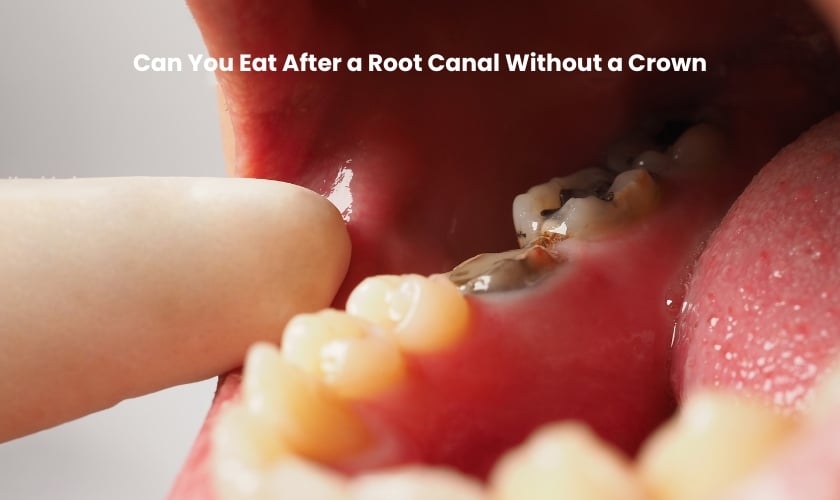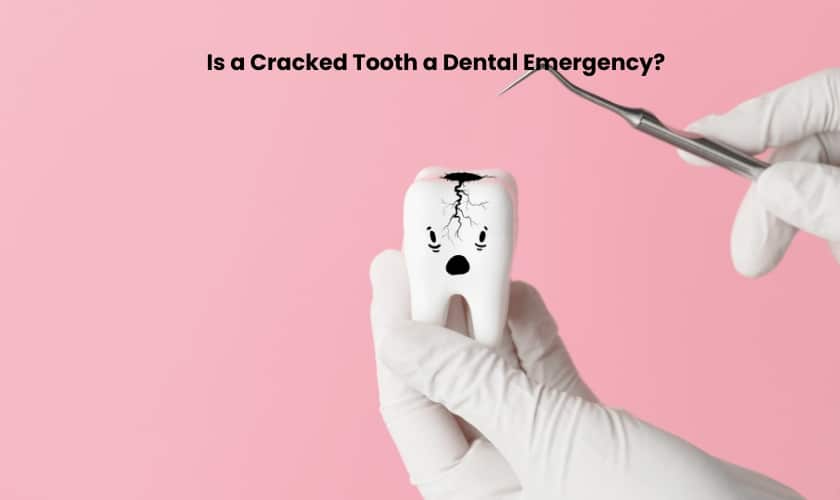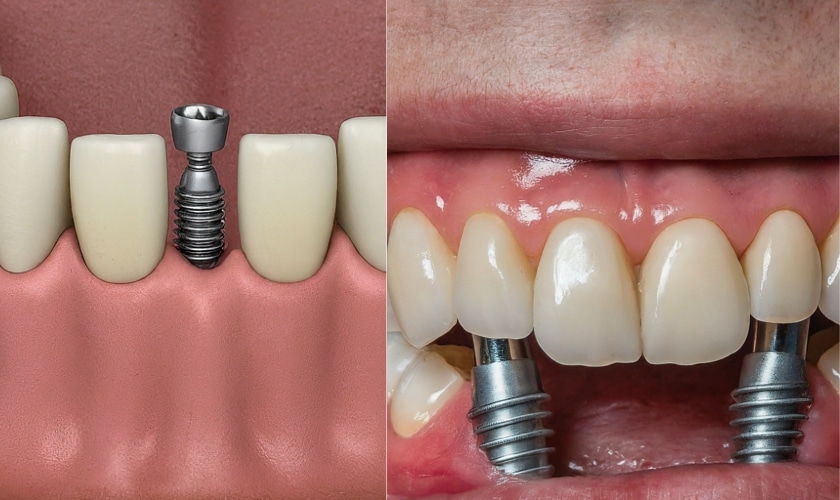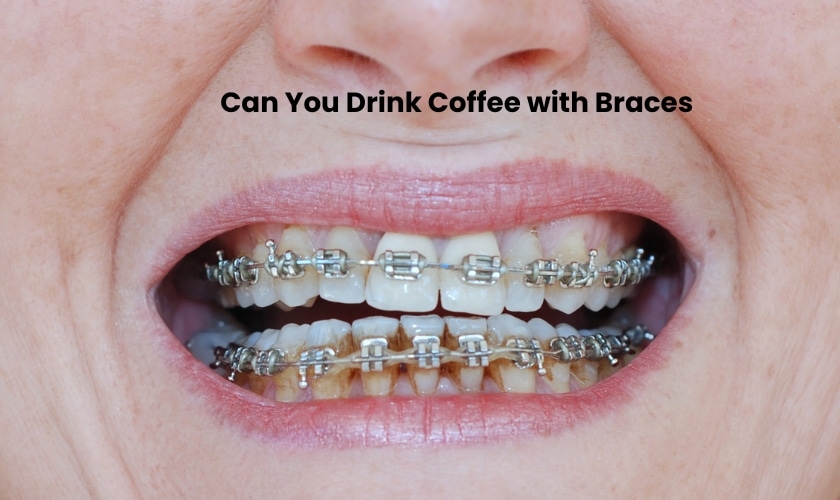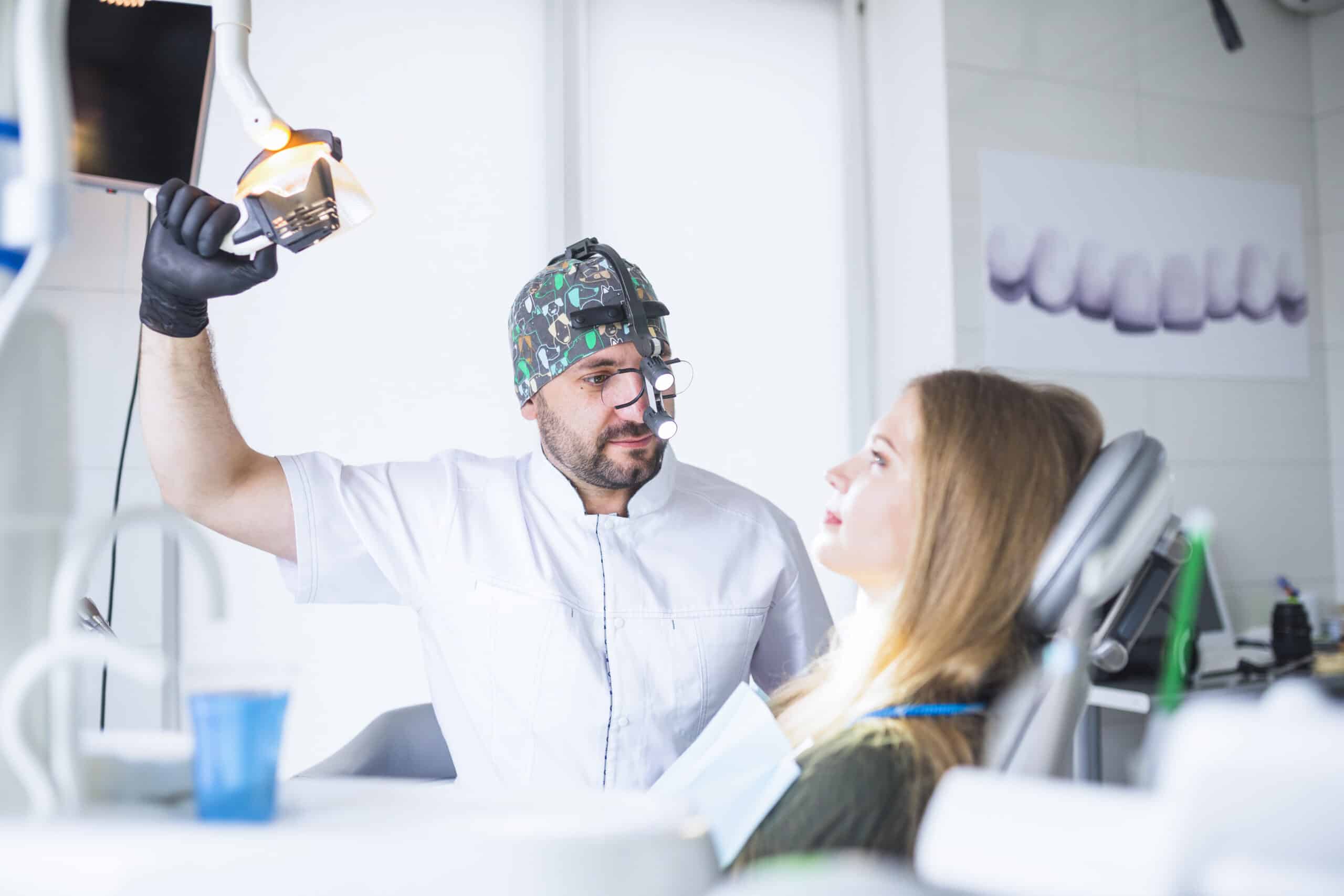
The Role of Orthodontics in Ortho Screenings
Are you curious about how orthodontics plays a crucial role in ortho screenings? Whether it’s for children or adults, getting an orthodontic screening is essential to maintain optimal oral health. In this blog post, we’ll explore the benefits of undergoing ortho screenings and why they should be a part of your regular dental check-ups. So, let’s dive in and discover how orthodontics can help you achieve a healthy and beautiful smile!
What is Orthodontics and its Role in Ortho Screenings?
Orthodontics is the branch of dentistry that deals with the diagnosis, prevention, and correction of irregularities of the teeth, jaws, and bite. Orthodontic treatment can improve the appearance, function, and health of your teeth and smile.
Orthodontic screening is an examination performed by an orthodontist to determine if there are any problems with your teeth or jaw that could benefit from orthodontic treatment. The screening usually includes a clinical examination, X-rays, and photographs.
If you or your child has been referred for an orthodontic screening, it is important to see an orthodontist as soon as possible. Early treatment can often prevent more serious problems from developing later on.
Reasons for Having an Ortho Screening
There are many reasons why someone might want to have an ortho screening. One reason is that they may be considering getting braces or other orthodontic treatment, and they want to know what their options are. Another reason might be that they have noticed some changes in their teeth or jaw alignment and they want to see if orthodontic treatment can help.
Still, another reason for having an ortho screening is that it can help identify any potential problems with the teeth or jaws that may need to be corrected. This is especially important for children, as early intervention can often prevent more serious problems from developing later on. Ortho screenings can also be a good way to check in on the progress of previous orthodontic treatment, to make sure that everything is still on track.
Benefits of Orthodontic Treatments
There are many benefits that come along with orthodontic treatments. One of the most obvious benefits is an improvement in the appearance of your smile. However, there are also many functional benefits to orthodontic treatment. For example, teeth that are properly aligned are easier to clean, which can lead to improved oral health. Orthodontic treatment can also help to alleviate problems with chewing or speaking. In some cases, it can even help to improve breathing.
Types of Orthodontic Treatments
There are a variety of orthodontic treatments available to patients, depending on their specific needs. Some common types of treatments include braces, palate expanders, headgear, and retainers. Patients may also require surgery to correct severe cases of misalignment.
Braces are the most common type of orthodontic treatment. They work by gradually aligning the teeth over time. Palate expanders are used to widen the upper jaw in order to correct overcrowding or crossbites. Headgear is used to realign the jaws and teeth by applying force to the bones of the face. Retainers are used to maintain the position of the teeth after treatment has been completed.
Orthodontic surgery is typically only recommended for severe cases of misalignment that cannot be corrected with braces or other less invasive methods. This type of surgery can be used to realign the jaws, reposition teeth, or correct birth defects.
Common Problems Treated by Orthodontists
There are a number of common problems that orthodontists treat. One of the most common is malocclusion, which is when the teeth are not aligned properly. This can cause a number of problems, including difficulty chewing or biting, and can also lead to more serious issues such as TMJ disorders. Orthodontists can also treat crowding, which occurs when there is not enough space for all of the teeth. This can be caused by a number of factors, including genetics or thumb-sucking. Lastly, orthodontists can also treat spacing issues, which occur when there are gaps between the teeth. This can be caused by a variety of things, such as missing teeth or tooth loss.
After Care Tips for Maintaining Results
Maintaining your results after orthodontic treatment is essential for a lifetime of healthy smiles. Here are some tips to help you keep your smile looking its best:
- Brush and floss your teeth regularly and properly. This is important even if you don’t have braces anymore!
- Avoid hard and chewy foods. Foods like candy, gum, bagels, and crusty bread can damage your braces or loosen your teeth.
- Be careful with your teeth. Don’t chew on ice, open bottles with your teeth, or bite your nails.
- Wear a mouth guard when playing sports.
- Visit your dentist and orthodontist for regular check-ups and cleanings.
Conclusion
Orthodontics is an important part of ortho screenings, as it helps to identify any underlying issues that may be causing the patient discomfort or impacting their overall health. As orthodontic treatments can often help alleviate pain and improve appearance, they play a vital role in ensuring that patients receive the right care for their needs. By consulting with experienced professionals about which type of treatment would be best for them, patients can rest assured that they are receiving the highest quality care available.
FAQs
What is an orthodontic screening?
Orthodontic screening is a physical examination of the teeth and jaws to determine if there is a need for braces or other corrective devices. The exam can be performed by either an orthodontist or a dentist.
Why are orthodontic screenings important?
Orthodontic screenings are important because they can help to detect problems with the alignment of the teeth and jaws early on. This allows for treatment to be started sooner, which can improve the overall outcome.
What should I expect during an orthodontic screening?
During an orthodontic screening, the doctor will visually examine your teeth and jaw structure. They may also use dental X-rays to get a closer look at your teeth and jawbone. The doctor may also ask you questions about your dental history and any concerns you have about your teeth or jaw alignment.
